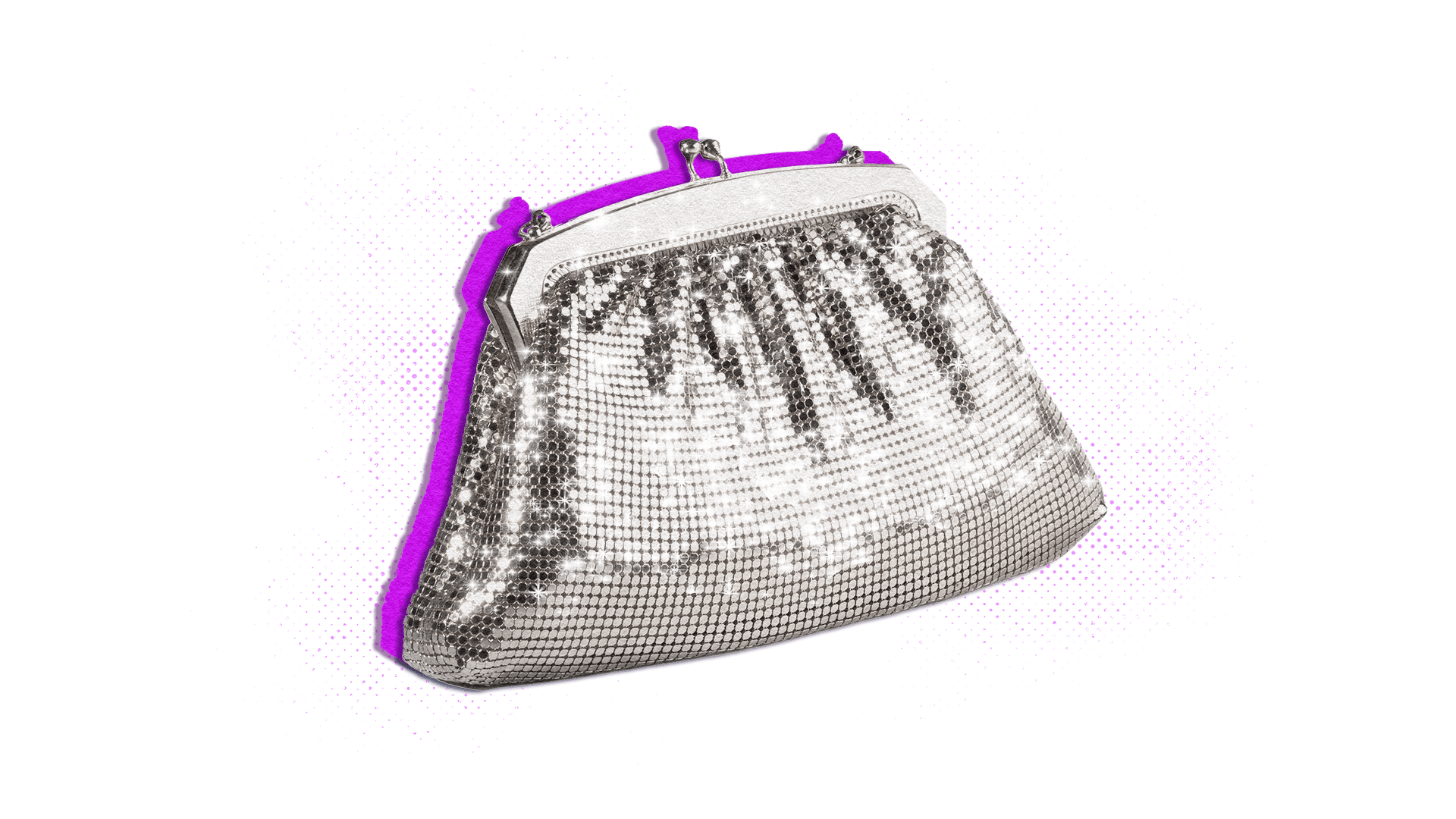In 1957, the Canadian federal government did something that would dramatically change the way people invest and save in Canada — something that still dictates how we manage our money today: It launched the Registered Retirement Savings Plan (RRSP).
The retirement account — back then it was called the Registered Retirement Annuity — was created to help self-employed people, and other working adults who didn’t have a pension plan from their company, to save. While the RRSP has evolved over the years, it’s still more or less the same as it was when it was introduced. RRSPs allow you to save money for your future in a dedicated account and use your eligible contributions to lower your taxes owing and receive a refund. Within the account, your money grows tax-deferred until you make a withdrawal, usually in retirement, at which point you are likely to be in a lower tax bracket than you were during your high earning years. In 2020, 6.2 million Canadians made contributions to their RRSPs, putting aside a total of $50.1 billion for their retirement.
Whether you’re an employee or have your own business, RRSPs can provide a tax shelter to help your money grow in value until you withdraw it in retirement.
What is an RRSP or Registered Retirement Savings Plan?
An RRSP or Registered Retirement Savings Plan is one of the most popular retirement savings vehicles in Canada. It’s a tax-deferred investment account where you can put your hard-earned dollars into what the government calls “qualified investments,” which covers almost any type of security, including stocks, bonds, exchange-traded funds (ETFs), mutual funds, guaranteed investment certificates (GICs) and more. You don’t pay any tax on the money you save until you withdraw, ideally after you retire.
RRSP vs. RSP
An RSP (Retirement Savigs Plan) and an RRSP (Registered Retirement Savings Plan) are general terms for the same retirement savings plan that is registered with the federal government.
Apart from an RRSP (or RSP), here are some other types of registered accounts available to Canadians:
- Tax-Free Savings Account (TFSA)
- Registered Retirement Income Fund (RRIF)
- Registered Education Savings Plan (RESP)
- Registered Disability Savings Plan (RDSP)
RRSPs vs TFSAs
RRSPs and TFSAs are both registered accounts that allow investors to grow their money tax free. However, there are some key differences between the two:
- You can withdraw money from a TFSA at any time and without penalty.
- With a TFSA, you never pay any tax on those withdrawals.
- You start accumulating room in an RRSP as soon as you start working; with a TFSA you start accumulating room at age 18. In both cases you must be a Canadian resident for tax purposes.
- TFSA room grows by set amount every year — $6,500 in 2023 — while RRSP room is set at 18% of your annual earned income (maximums apply), less pension adjustments.
- You invest after-tax dollars in a TFSA versus pre-tax dollars in an RRSP.
How does Registered Retirement Savings Plan (RRSP) work?
An RRSP is an investment account like any other: Invest in different asset classes and watch your money grow over the long-term. Start drawing down those assets in retirement.
RRSP benefits
- RRSPs reduce how much tax you pay each year. Because you invest pre-tax income into an RRSP, the money you contribute can be used to lower your taxable income for the year. That’s why many Canadians get a refund: If you’ve already paid tax, say from each paycheque, then you’ll get some of that back on your annual tax filing. If you owe the CRA money, you’ll simply owe less.
- The funds you invest in an RRSP are tax deferred. The money in your RRSP grows tax free — which allows it to climb faster — until you make a withdrawal in retirement, at which point you’ll have to pay tax based on your marginal rate. Because your income will likely be lower in retirement than during your high earning working years, you hopefully won’t have to fork over too much.
- You can benefit from compound interest. When you contribute to an RRSP, you are able to earn compound interest. What this means is that you can earn interest on your contribution, but also earn interest on the overall growth of your investments. As such, the amount held in your RRSP can grow that much faster.
- You can use your RRSP to lower your partner’s tax bill too. A spousal RRSP can allow couples to “split” their income. This can makes sense in situations where one spouse earns a lot more than another. In essence, the higher-earning partner contributes to the RRSP in their spouse’s name and receives a tax deduction, leading them to have a lower tax bill that year. Withdrawals, however, are taxed in the lower-earning spouse’s hands, which should result in a lower tax bill come withdrawal time.
- You can withdraw money from an RRSP tax-free to buy a home. The Home Buyers’ Plan (HBP) is a government program that allows first-time homeowners to withdraw money from an RRSP to buy or build a qualifying home for themselves or for a related person with a disability. You have to pay back the borrowed money to the RRSP within 15 years. The HBP withdrawal limit is currently set at $35,000.
- You can use your RRSP to pay for your education — or your partner’s. The federal lifelong learning plan (LLP) allows you to withdraw up to $10,000 in a calendar year (to an overall maximum of $20,000) from your RRSP to pay for full-time training or education for you, your spouse or common-law partner. You have to pay back the amount you withdraw through the LLP starting at five years after the withdrawal. And the total has to be paid back in full within 10 years.
- Unused RRSP contribution room is carried forward to the next year. If you’re unable to invest the maximum in your RRSP in one year, that amount gets added to your total contribution room. The new amount will be sent to you by the CRA in your Notice of Assessment — or can be accessed via the CRA My Account website.
- Your RRSP must be converted to a Registered Retirement Income Fund or an annuity before you turn 72. You can keep contributing to your RRSP until December 31 of the year you turn 71. You are required to either convert the RRSP to an annuity or you can transfer it to a Registered Retirement Income Fund (RRIF), another kind of registered investment account that comes with minimum annual withdrawal limits.
Limitations of RRSPs
While RRSPs are a great way to invest money for retirement, there are certain limitations you should consider.
- Withdrawals are considered ordinary income, meaning whatever you take out is taxed at your marginal tax rate.
- If you withdraw too much you can reduce the amount of Old Age Security and Guaranteed Income Supplement payments you receive in retirement.
- You have to convert your RRSP to an RRIF or annuity the year you turn 71, regardless of whether you need that money or not.
What types of RRSPs are available?
There are several types of RRSPs available to Canadian investors. Which you choose may depend on your circumstances and what makes sense for you:
- An Individual RRSP. This is set up by one person who holds the account and contributes to it.
- A spousal RRSP. This type of account can be used by married or common-law couples to help split their income.
- A Group RRSP. With these employer-created plans, a portion of your income is deducted and invested. It’s usually managed by an investment manager.
- A Pooled RRSP. This is a retirement savings plan for small business employees and employers, as well as the self-employed. Many people participate in the plan, which lowers administration costs.
Registered Retirement Savings Plan (RRSP) eligibility
There is no minimum age to open an account, but your contribution room only begins to accumulate after you start working and earning an income. You can contribute to an RRSP until the end of the year you turn 71, provided you are a Canadian resident, have filed a tax return and have earned income.
Registered Retirement Savings Plan (RRSP) Contribution Limit
How much can I contribute to a Registered Retirement Savings Plan (RRSP)?
The CRA will let you know how much RRSP contribution room you have each year on your Notice of Assessment or Reassessment. Your total contribution room can also be accessed via the CRA My Account website.
How is the RRSP contribution limit calculated?
This contribution amount, also known as your deduction limit, is based on your annual income and can change every year. At the moment, it stands at 18% of your previous year’s earned income (see maximums below), less any pension adjustments.
For the 2022 taxation year, the maximum anyone can contribute to an RRSP is $29,210 and for the 2023 taxation year, the most you can contribute is $30,780. It can be important to remember that pension adjustments, past service pension adjustments, pension adjustment reversals, and unused RRSP contributions at the end of the previous year can also affect your RRSP contribution limit.
What happens if I overcontribute to a Registered Retirement Savings Plan (RRSP)?
Exceeding your contribution room is discouraged. If you overcontribute $2,000 or less to your RRSP, you won’t be penalized; but you won’t be able to report this excess amount on your income tax filing. If you overcontribute by $2,000 or more, you will pay a 1% tax per month on the excess savings. If you don’t report your overcontribution to the CRA within 90 days of the last day of the tax year, you will have to pay 5% of the taxes you owe plus an extra 1% for every month, to a maximum of 12 months.
How do I get the penalty waived?
If you accidentally overcontribute to your RRSP, you can fill out form T3012A. This form has to be submitted to and approved by CRA, and is then sent to the financial institution that holds your RRSP to withdraw the overcontribution and avoid any withholding tax. In the meantime, your overcontribution will result in a 1% monthly penalty tax.
What to invest in a Registered Retirement Savings Plan (RRSP)?
- Cash
- Savings account
- Mutual funds
- Exchange-Traded Funds
- Stocks
- Bonds
- Mortgage loans
- Income trusts
- Guaranteed Investment Certificates
- Foreign currency
Registered Retirement Savings Plan (RRSP) withdrawal rules
When can you withdraw from an RRSP?
You can withdraw from an RRSP at any time. However, funds that are withdrawn are subject to a prescribed withholding tax at the time of withdrawal — they will be ultimately taxed as income at your marginal rate.
What happens if you withdraw from your RRSP early?
If an RRSP withdrawal is made before retirement, you will have to pay an RRSP withholding tax. The withholding tax stands at 10% for withdrawals up to $5,000, 20% for withdrawals between $5,000 and $15,000, and 30% for withdrawals over $15,000.
Spousal RRSP withdrawals
You can withdraw funds from a spousal RRSP whenever you like, provided you are the annuitant — the recipient of funds — of the spousal RRSP and not the contributor. However, whatever money you withdraw will be considered income and you will have to pay tax on it when you file your taxes.
Self-directed Registered Retirement Savings Plan (RRSP)
If you’re interested in making investment decisions yourself, self-directed RRSPs allow you to select the mix of investments you hold in the account. For example, with the self-directed RRSP from TD Direct Investing, you can hold options, ETFs, mutual funds, GICs and other fixed income products, and stocks that trade on markets, such as the Toronto Stock Exchange, the NASDAQ and the New York Stock Exchange. Note that there can be an annual trustee fee or account fee to cover administration costs associated with the account.
![]()
Frequently asked questions about Registered Retirement Savings Plans (RRSPs)
Is an RRSP 100% tax deductible?
The full amount of your eligible RRSP contributions (maximums apply), less pension adjustments, is deducted from your income when you file your taxes.
Do you have to pay taxes on your RRSP contributions after age 65?
No. You will, however, have to pay taxes on any withdrawals from your RRSP. However, you are required to either convert the RRSP to an annuity or you can transfer it to a Registered Retirement Income Fund (RRIF), before December 31 of the year you turn 71.
Is it better to contribute to an RRSP before or after tax season?
Contributing to an RRSP before you file your taxes has one key benefit: It can reduce the amount of income the CRA will tax. The government sets an annual RRSP contribution deadline (for 2023, the deadline is March 1) after which your contributions will be counted against the next calendar year. However, you can also use your tax refund to top up your RRSP.
Do you get taxed twice on an RRSP?
No. You only pay tax on any eligible RRSP contributions when you make a withdrawal. Eligible contributions to your RRSP are used to reduce the amount of taxable income on your annual tax return. When you do make a withdrawal, a withholding tax of 10%, 20% or 30% will apply, depending on how much you’re removing (the rules differ if you live in Quebec). When you file your taxes, your RRSP income is added to your overall income and you will pay tax on it, minus the amount of the withholding tax.
Do group RRSP contributions show up on T4 slip?
If you have a group RRSP and your employer contributes to an RRSP on your behalf, you will be sent a separate RRSP Contribution slip which needs to be reported in the RRSP section of your taxes. In some cases, this amount will be reported on your T4 in Box 40.
What age should you start an RRSP?
While there is no minimum age to start contributing to an RRSP, you must have employment income in order to earn contribution room.
How do I find out my RRSP balance?
Your RRSP balance is available through the financial institution that administers your account. For example, TD customers can log in to their TD account online or via the TD app and access their RRSP account for their most recent balance information.
Can I open an RRSP account online?
Absolutely. If you’re interested in opening an RRSP account with TD Bank, you can press the Apply Online button at this link.
Can I have both an RRSP and a TFSA?
Yes, you can. Many Canadians have both TFSAs and RRSPs and use them to save for a variety of financial goals.
How to withdraw RRSP funds without paying tax?
Two ways that you can withdraw RRSP funds tax-free are through the Home Buyers Plan and Lifelong Learning Plan, though you will have to pay that money back. You can learn more about RRSP withdrawal rules at this link.
How long can my RRSP stay open?
You can contribute to an RRSP anytime before Dec 31 of the year you turn 71. At that point, you can choose to convert the RRSP to periodic payments or you can transfer it to a Registered Retirement Income Fund that will be used to fund your retirement.





